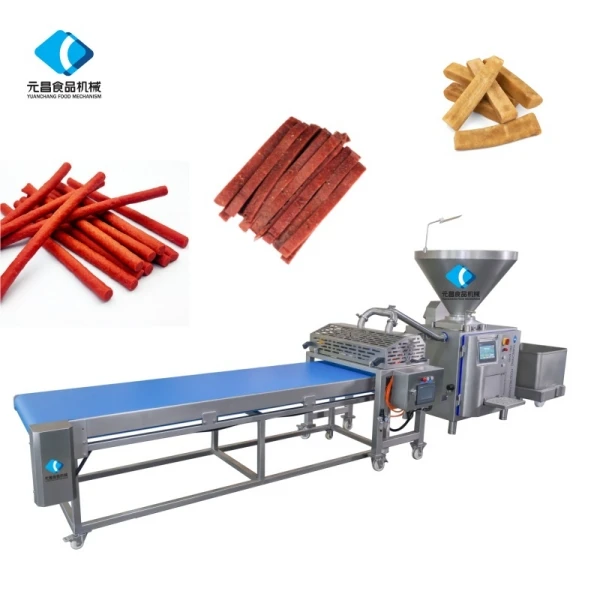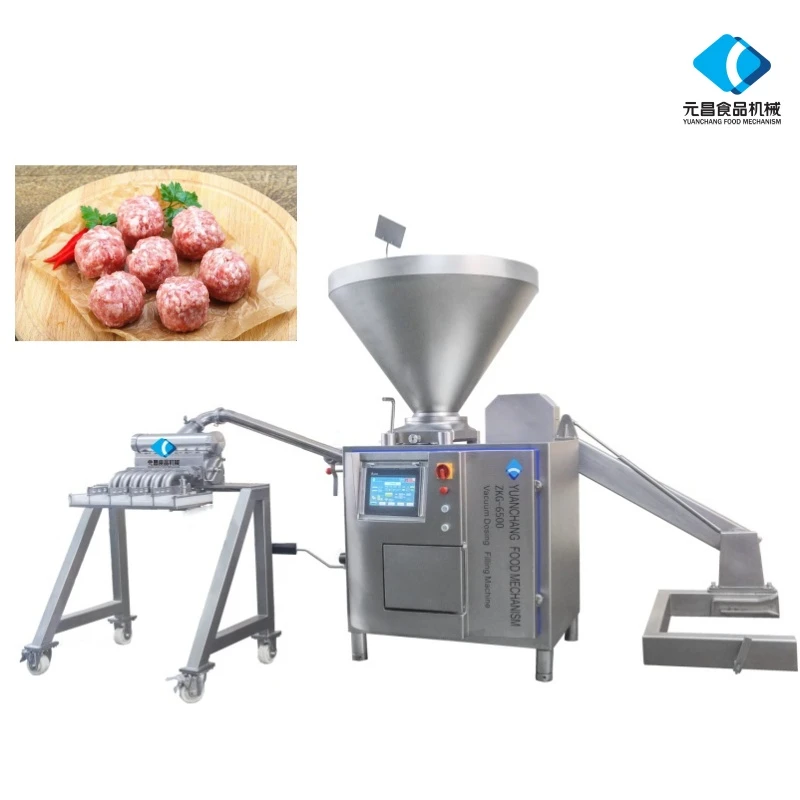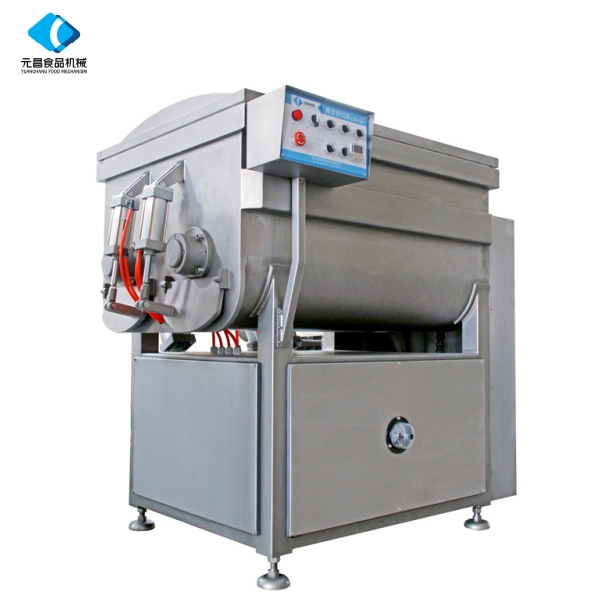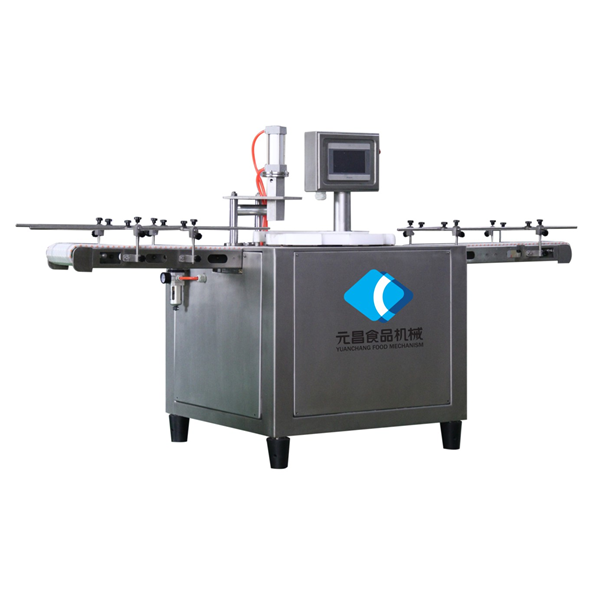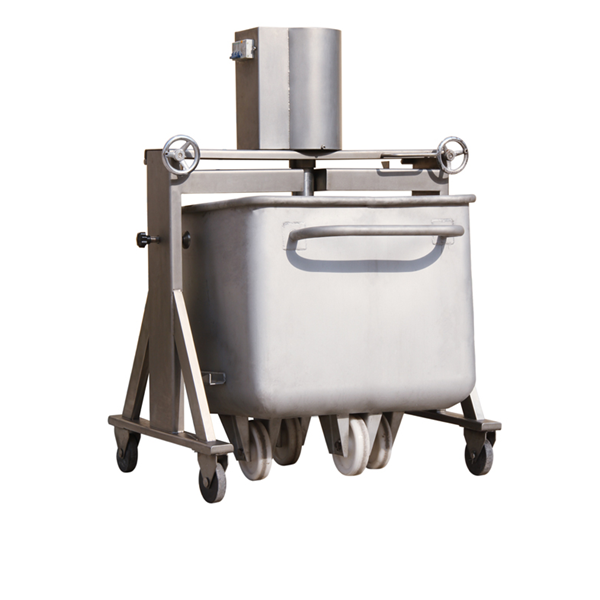Frozen Meat Grinder: No-Thaw, High Yield, Hygienic Output?
Frozen & Fresh Meat Grinder JR120/130/200/300: field notes from the plant floor
If you’ve ever tried to push sub-zero beef blocks through a standard grinder, you know the strain. That’s why the frozen meat grinder class matters. YC Mechanism’s JR series—built in Shijiazhuang, Hebei—has been quietly winning over production managers who care about microbiology and yield as much as throughput. In fact, it’s designed to chop at -18℃ to -24℃ without a noticeable temperature rise, which keeps bacteria down and hemoglobin intact (a fancy way of saying your color and flavor hold up better).
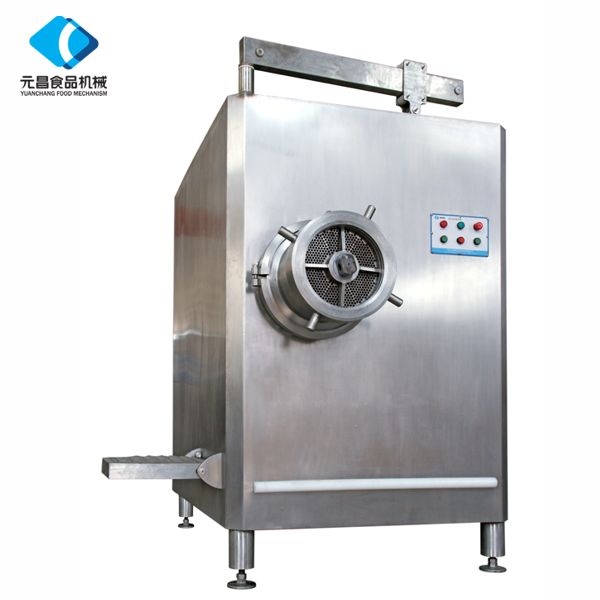
What’s trending in cold-grind
- Cold-chain integrity: processors are skipping tempering to cut pathogen growth windows.
- Pet food boom: high-volume, bone-tolerant grind with consistent particle size is in demand.
- Automation: hoists, block feeders, and PLC line control are becoming standard, not optional.
- Sustainability: lower product warming equals fewer re-chills and lower kWh per kg.
Technical snapshot and why it matters
JR units handle frozen and fresh meat, taking interchangeable cutters and plates to switch between mince and slice profiles. The no-rise temperature behavior (often ≤1°C delta in factory tests) helps extend shelf life—many customers say they notice day-3 color stability is far better than with legacy grinders.

Indicative specifications (real‑world use may vary)
| Model | Capacity ≈ | Plate Ø | Grind size | Operating temp | Power ≈ | Material |
|---|---|---|---|---|---|---|
| JR120 | 800–1200 kg/h | 120 mm | 3–12 mm | -24℃ to +4℃ | ~11–15 kW | SUS304/316L contact |
| JR130 | 1200–2000 kg/h | 130 mm | 3–16 mm | -24℃ to +4℃ | ~18–22 kW | SUS304/316L contact |
| JR200 | 2500–4500 kg/h | 200 mm | 3–20 mm | -24℃ to +4℃ | ~30–45 kW | SUS304/316L contact |
| JR300 | 5000–8000 kg/h | 300 mm | 3–25 mm | -24℃ to +4℃ | ~55–75 kW | SUS304/316L contact |
Notes: 380–480V, 50/60Hz options; IP65 control box typical; validations per HACCP plan.
Process flow, testing, and service life
Materials: food‑grade stainless (304/316L), hardened cutter sets, sanitary welds. Methods: block loading via lift, auger feed, double/treble-cut head as required, inline temperature probe. Testing: ATP swabs, plate counts, and ΔT monitoring across the grind; compliance aligned with HACCP, ISO 22000, and—where applicable—USDA/FSIS or EU 853/2004. Typical service life is around 8–12 years with scheduled knife/plate changes and bearing lubrication.

Applications and advantages
- RTE lines and sausages: low smearing, color stability, predictable bind.
- Pet food: bone‑in blends, coarse-to-fine profiles in a single pass (setup dependent).
- Central kitchens: minimal pre‑temper saves time and floor space.
One mid‑sized co‑packer told me their ΔT averaged 0.8°C through a frozen meat grinder upgrade and shelf life improved by roughly 10–15%—not a lab trial, but consistent with what we hear.
Vendor comparison (quick take)
| Vendor | Origin | Compliance | After‑sales | Energy use ≈ |
|---|---|---|---|---|
| YC Mechanism JR Series | Shijiazhuang, Hebei, China | CE, ISO 9001; HACCP support | Factory spares, remote support | Lower, thanks to minimal ΔT |
| Generic import | Mixed | Varies | Limited | Unclear |
| Refurbished legacy | Various | Older standards | Third‑party | Higher due to warming |
Customization, integration, and feedback
Options include plate/knife geometries, variable auger profiles, bone‑handling kits, block‑lift and feeder hoppers, PLC/SCADA hooks, and sanitation extras (tool‑less disassembly, CIP aids). Voltage and regional conformity are configurable. Users often highlight the intuitive controls and, surprisingly, quieter operation compared with older machines—nice for long shifts.
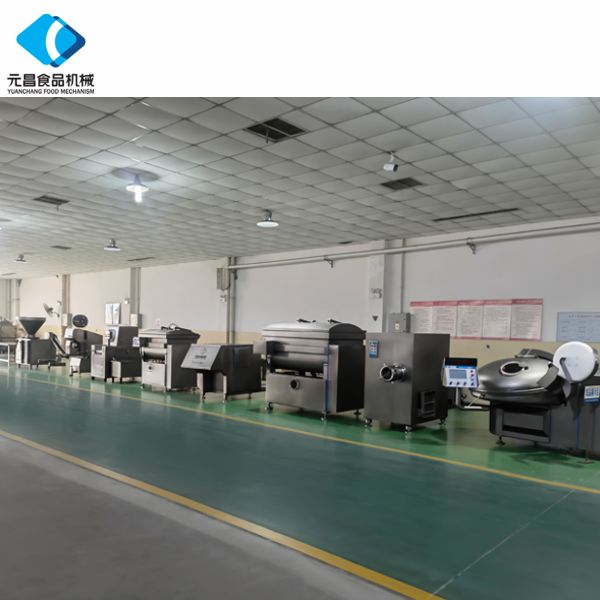
Bottom line: if you’re evaluating a frozen meat grinder to tighten microbiology and improve texture, this JR lineup is a practical, plant‑friendly choice with room to grow.
Citations
- ISO 22000: Food safety management systems – Requirements. https://www.iso.org/standard/81247.html
- USDA FSIS: Meat and Poultry Hazards and Controls Guide. https://www.fsis.usda.gov
- EU Regulation (EC) No 853/2004 laying down specific hygiene rules for food of animal origin. https://eur-lex.europa.eu
- HACCP Principles and Application Guidelines, NACMCF. https://www.fda.gov/food/hazard-analysis-critical-control-point-haccp
-
Discover the Benefits of Vacuum Marinating Machines for Efficient Food ProcessingNewsNov.24,2025
-
The Ultimate Guide to Commercial Chicken Scalders: Efficiency, Sustainability & InnovationNewsNov.23,2025
-
Chicken Harvesting Equipment: Efficient & Humane Solutions for Poultry ProducersNewsNov.22,2025
-
Comprehensive Guide to Meat Processing Plant Equipment | Efficiency, Safety & SustainabilityNewsNov.21,2025
-
Meat Processing Bins: Durable Solutions for Safe & Efficient Meat Handling WorldwideNewsNov.20,2025
-
Best Commercial Marinating Machines for Meat Processing | Efficient & ScalableNewsNov.20,2025





